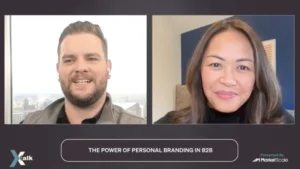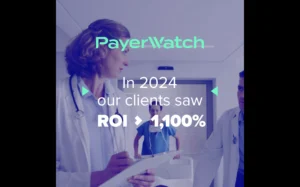Quick-Service Restaurants Can Learn Some Good & Bad Strategies from Chipotle’s Expansion to Rural Areas
Chipotle’s plan to open up in smaller towns has become big news in the world of quick-service restaurants. Some experts applaud the company’s plan, while others highlight some potential speed bumps in the road to a successful expansion, especially when considering how inflation has impacted the company’s latest numbers. Chipotle recently reported quarterly sales that fell short of Wall Street’s expectations as shares fell by 7%.
One of Chipotle’s strengths in its path to expansion is the company’s simple menu. Because they use basic ingredients, they can keep costs down. They can ship everything – beans, avocados, onions – in a single refrigerated truck, which is super efficient. Still, this might not work as well in rural areas, where distribution could get more and more expensive.
One of the other challenges to expanding to rural areas is that the smaller the town the more likely that one big event, including rising inflation, could totally change customer numbers. These small town stores shoulder a bigger burden than cities, as these restaurants are responsible for sensing what the local demand is and communicating that to Chipotle headquarters. There’s also the issue of finding good people to work there. In a big city, it’s easier to find new staff if someone quits. But in a small town, one bad employee could make it harder to hire better employees.
These aren’t the only things to consider when planning an expansion like this. If other quick-service restaurants want to copy Chipotle and open in small towns, they should keep four recommendations in mind, as offered by supply chain expert Piyush Shah, Assistant Professor of Supply Chain Management at Florida Gulf Coast University.
Piyush’s Thoughts:
“I see one major strength and one major weakness in Chipotle’s strategy of expanding to smaller towns. The strength is their simple menu. The simple menu leads to simple raw materials which allows them to keep the cost low. All these raw materials, the beans, avocado, onions, everything can be transported in a single temperature refrigerated truck. Because of this they can control their cost.
This efficient supply chain could in fact become problematic in rural smaller cities because they might not be able to replicate this distribution network and the distribution costs could go astronomical. So even though they are generating a higher revenue through these new stores, their cost to service the new stores might impact their profitability substantially.
Any other quick service restaurant wanting to replicate the strategy of opening in smaller towns needs to take care of first these two points. One, have a simple menu which allows them to keep cost low and the transportation cost also under control. Two, they should not try to replicate the urban area distribution network but design a very specific rural small town network to be able to service these stores. Three, all these quick service restaurants must realize that in a town with 100,000 people, one event is not going to massively change the demand. But in a town with 7,000 people, one event could massively change the demand. So, these stores need to be more than just servers. They need to be sensors. The stores need to sense to be able to sense the local demand and communicate this local demand to these headquarters. So the stores have an additional task of being able to sense the demand. And lastly is the idea of talent. While a city has a larger population, it would be easier to get the people. If these quick service restaurants are opening in smaller towns because of poor word of mouth or whatever reason, it would be difficult to get new people if the existing ones resign or move away for any reason. So that’s my take, the four key reasons of what any quick service restaurant should do to replicate Chipotle’s strategy.”








